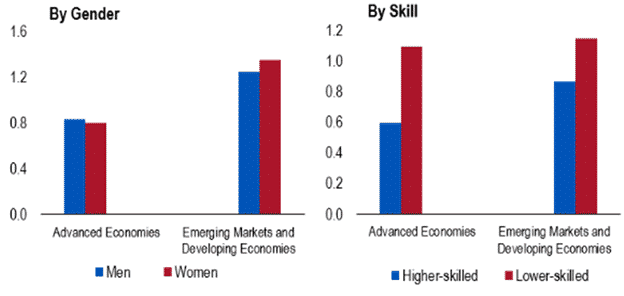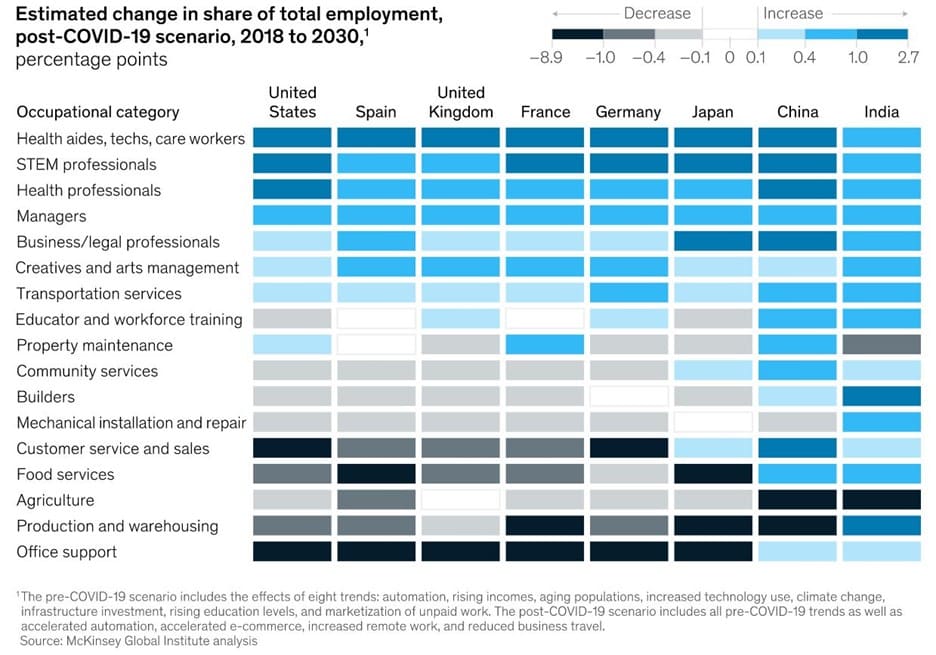Are you looking for a new and trusted bank to handle your financial services? Choosing a bank isn’t always easy. While it’s tempting to just go with the bank that you’ve always used, when your financial needs change, you need to look at your options to find the best one for you.
But how do you choose? What should you keep in mind when you need a new bank?
We have a few factors for you to consider. Keep reading to learn more so you can find your new bank with ease.
1. Your Banking Needs
So what kind of bank are you looking for, anyway?
Depending on your specific needs, you might choose banks that cater to them. For example, are you looking for a basic business bank account, or is this for your personal bank account?
Are you trying to combine the two?
When you’re looking for a bank, don’t be afraid to ask about how they treat each kind of account and the specific benefits that they offer that relate to these accounts.
If you have a business in need of a bank, what kind of support does the bank offer? Are there staff members available that can advise you on business growth? Can the bank scale with your business?
A great personal bank doesn’t equal a great business bank. While many banks offer adequate services for both, it doesn’t hurt to check.
2. Bank Perks
Many banks offer great perks to new members, and there’s nothing wrong with trying to take advantage of them. What is your bank of choice willing to offer you?
Some banks offer a money bonus (like a gift card) when you join. Others may have discounts on hotels, transportation, or other necessities that are exclusive to their members.
Bank perks shouldn’t be your primary decision-makers, but they don’t hurt.
3. Your Credit Score
Did you know that some banks filter clients based on their credit scores? While having a normal credit score is often enough, some banks may favour you if you have a high credit score.
Credit requirements often only apply to people who are trying to open a business account. The bank wants to ensure that you’re a secure client, and they have enough clients that they’re able to pick and choose.
Before you choose a bank, check on credit requirements and work on building or maintaining your credit score.
4. The Locations (or Lack Thereof)
Are you used to having a bank that’s in a brick and mortar location? There are a few things that you want to keep in mind when you’re trying to choose in that case.
First, how accessible is the bank for you? Are there multiple locations that make it easy to access your required services on the go?
It’s a good idea to choose a bank that has a location somewhere that you frequent. For example, many grocery stores have banks nearby or even within the building for easy access.
Also, keep ATMs in mind. It’s annoying to find yourself needing to withdraw money only to be hit with ATM fees because your bank’s ATM isn’t available. If there are insufficient bank or ATM locations and you’re someone that spends a lot of time travelling around, you might want to consider another bank.
That said, it’s getting more popular for banks to move online and get rid of brick and mortar options. Consider whether or not you’re comfortable with this.
These online banks are easy to access wherever you are, but when it comes to withdrawing cash without fees, they’re lacking. While they often offer easy online support and chat options, they also don’t have the in-person interactions that many people rely on.
If you value personal connections and the ability to go to a physical location to get help or withdraw money, in-person bank services might be best for you. If you value ease of use and accessibility, online banks are also great.
5. Digital Options
Most banks, even if they have a “real” location, also offer digital services. This combines the in-person features of a brick and mortar bank with some of the accessibility and perks of an online bank.
When you’re looking into your bank, ask about their digital services.
Some smaller banks have insufficient digital options. Their sites might be clunky, slow, or difficult to use, and they sometimes don’t have all of the features of larger bank websites.
This doesn’t make small banks bad, and it doesn’t mean that all small banks have problematic websites.
A good bank website should allow you to get support, check your bank statements, move money around for online purchases or transfers, and make it easy to open up secondary accounts (like savings accounts). If you have a specific digital service in mind, ask about it before you make your choice.
6. Savings Account Options
Speaking of savings accounts, they aren’t all the same.
While safety is the primary concern with a savings account, you should also look into interest rates. A savings account with a strong interest rate can protect your money (in a small way, at least) against inflation.
A good savings account works as a slow investment. An account with no interest (or low interest) should be a red flag.
7. Basic Services
What kinds of common banking services are you looking for from your new bank?
Regardless of whether the bank is for business or personal use, you want to know that you’ll be able to access the services that you rely on for your banking.
For example, are you someone who likes to have a tax professional on hand? Good bankers are often able to handle difficult tax questions and concerns. How does this bank handle loans?
There are plenty of services that you want to keep in mind when you’re choosing a bank. Make a list and compare it against the services listed on their website, or call to confirm.
Choosing a Bank Isn’t as Easy as It Seems
There are plenty of options for banks, more so now that online banks are so common. This makes choosing a bank confusing and sometimes overwhelming.
If you keep these factors in mind next time you’re trying to set up a new bank account, you’ll be one step closer to finding a bank that you love and trust. Choosing a bank is a big commitment, so don’t take it lightly.
Are you looking for more helpful financial resources? Check out our journal for everything that you need to know to stay updated on business, economics, and finance.







